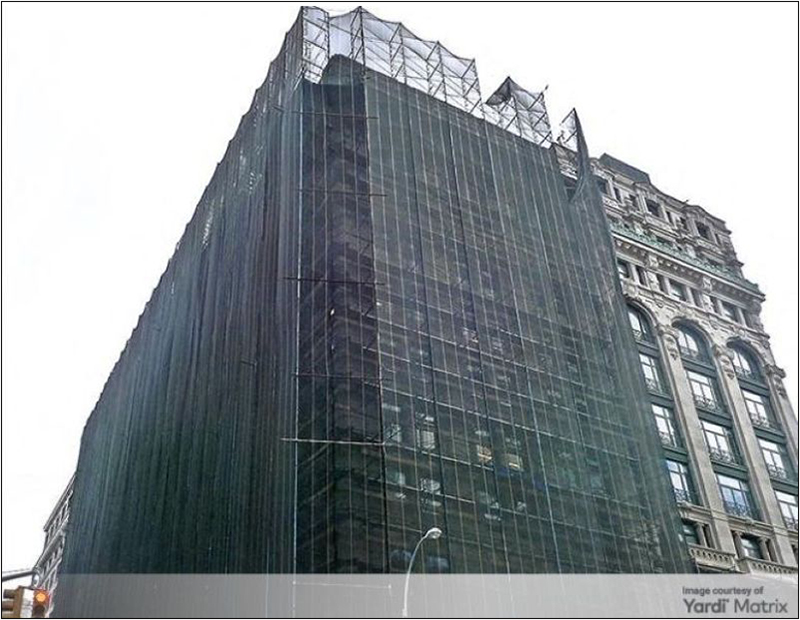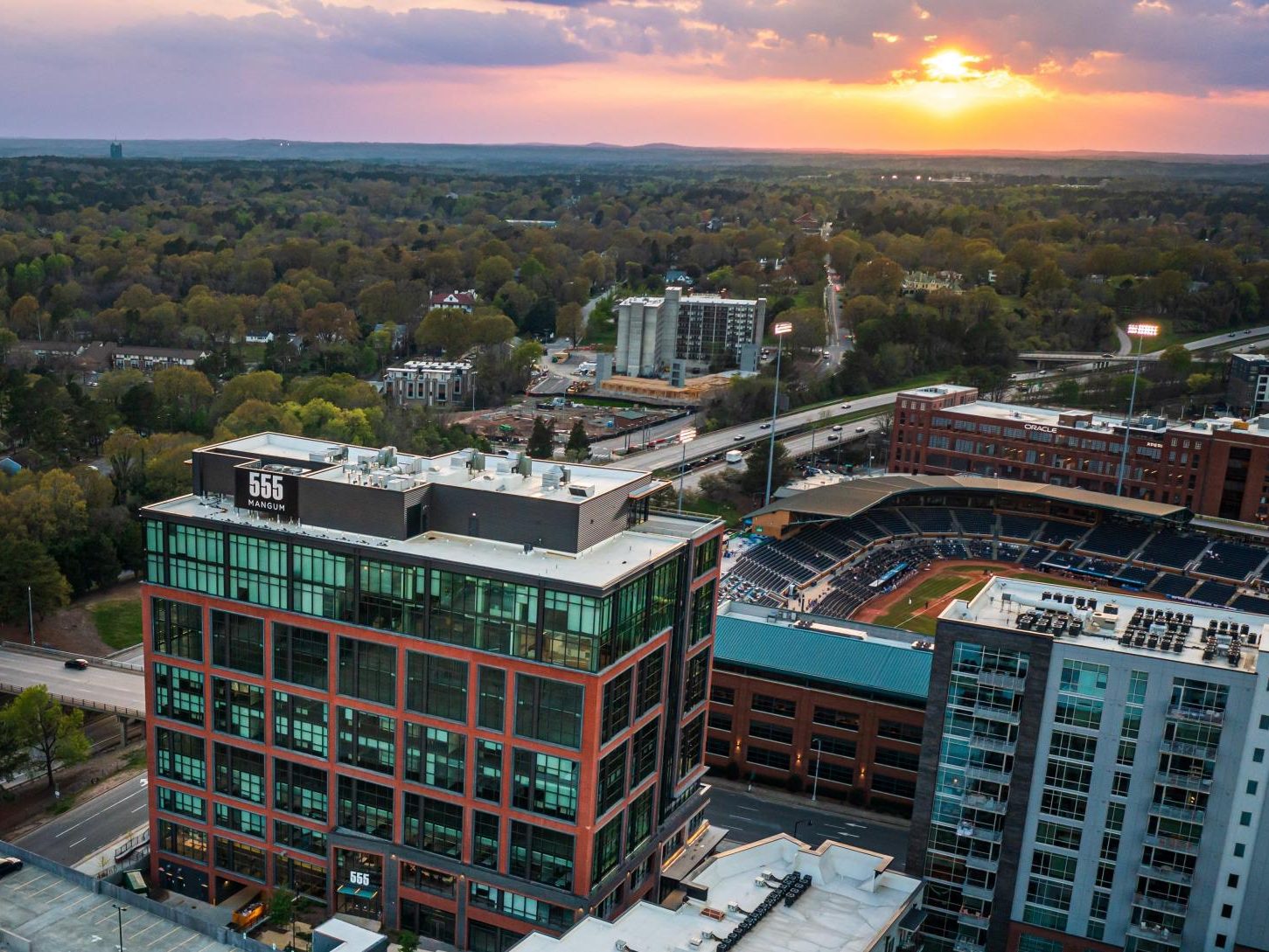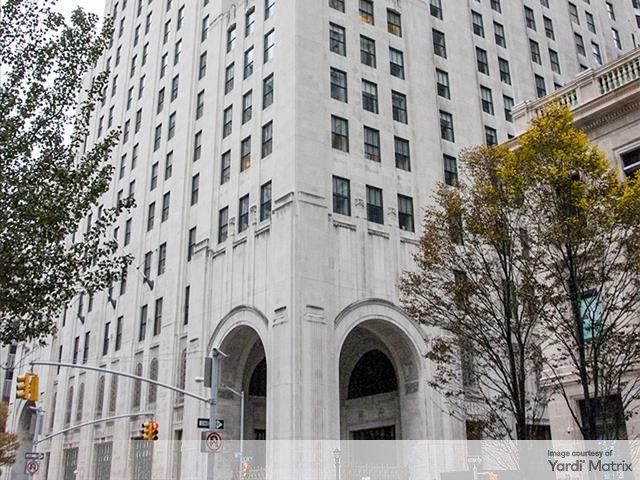These 3 CRE Sectors Will Reward Long-Term Holders
Investors can count on these property types to appreciate over the next few years, according to Ben Reinberg of Alliance Consolidated Group of Companies.

Between interest rate shifts, political uncertainty, inflationary pressures and myriad other factors, the economy is defined by volatility. Lean years precede boom times, which is why the smartest way to deploy capital is through long-term holds that deliver stable returns.
For real estate investors, that means identifying the asset classes that are projected to grow over the next few years, as well as those that attract creditworthy tenants whose business models have stood the test of time.
So, here are some sectors that investors should target for the long haul.
Medical Office
Healthcare employment is projected to expand by 15 percent between 2019 to 2029, according to the U.S. Bureau of Labor Statistics. This is a far quicker pace than the average for all occupations and should account for approximately 2.4 million new jobs during that span.
At the same time, the “retailization” trend is expected to continue apace. So, while some of those 2.4 million new medical jobs will be on hospital campuses, many will be within medical office buildings and single-tenant properties along commercial corridors.
Net-leased medical assets are particularly attractive because the tenants are always investing in the space. A user is less likely to move if they’ve committed significant capital expenditures to tailor the property to their needs, resulting in more renewals and longer lease terms.
Industrial & Logistics
At one time, industrial was the dirty runt of the real estate litter. The internet, of course, changed that. Every year, more and more commerce shifts online—e-commerce sales spiked 39.1 percent in the first quarter of 2021 compared to the same period last year—resulting in a greater need for logistical warehouses to handle and transport consumer items. Supply-chain disruptions have also increased demand for reserve-stock warehouse space as businesses look for ways to keep their virtual and/or physical shelves stocked.
These assets are in great demand close to international ports like Houston, New York-New Jersey and California’s Inland Empire. Emerging gateway cities like Atlanta, Charlotte and Nashville are also integral as hubs that allow goods to reach American consumers within ever-shortening delivery windows.
The strength of industrial real estate will dissipate when the internet goes away—which is to say, not in our lifetimes. While massive, Class A structures dominate the space, there is still a role for smaller, Class B assets. With companies shifting their focus from the “last mile” to the “last quarter mile,” savvy investors can generate excellent long-term returns on older facilities close to urban centers. Growing interest from major players like Amazon, which in June announced plans to acquire an infill industrial site in Chicago’s Humboldt Park neighborhood, also present an attractive exit strategy for investors looking to eventually cash out.
Quick-Service Restaurants
Restaurants are notoriously risky investments, with many upstarts closing their doors before the end of their first year in operation. Both traditional fast-food and fast-casual outlets, however, contradict this trend.
These chains often command the “main and main” locations that are crucial to the success of retail uses. They also have higher margins than traditional, sit-down restaurants. Fast-food establishments rely on speed and quantity of customers served while fast-casual options market the perception of better-quality ingredients to justify higher menu prices. What’s more, they are steadily growing. Between 2002 and 2020, revenue of QSRs in the U.S. rose from $159 billion to $239 billion, according to data gathered by Statista.
One caveat for this sector is the question of staffing. Pushback against low wages, together with concerns about the continued spread of COVID-19 variants, have contributed to record-high employment availability at fast-food restaurants. McDonald’s franchisees have responded by offering higher pay as well as other benefits including emergency childcare and tuition reimbursement. The pre-pandemic trend of more automation within QSRs will likely expand in years ahead, further alleviating this drawback.
A Steady Hand Leads to Steady Gains
There are investors out there who like to scout out the next hot thing and bank on that for a quick return. Some of them even succeed. But experienced investors know that not all risk brings reward, and that stability lays the foundation for longevity in an industry known for its ups and downs.
Ben Reinberg is the chief executive officer of Alliance Consolidated Group of Companies.







You must be logged in to post a comment.